THE JENNY WILLSON MYSTERIES
Full Curl
No Place for Wolverines
In Rhino We Trust
Copyright Dave Butler, 2019
All rights reserved. No part of this publication may be reproduced, stored in a retrieval system, or transmitted in any form or by any means, electronic, mechanical, photocopying, recording, or otherwise (except for brief passages for purpose of review) without the prior permission of Dundurn Press. Permission to photocopy should be requested from Access Copyright.
All characters in this work are fictitious. Any resemblance to real persons, living or dead, is purely coincidental.
Publisher: Scott Fraser | Editor: Allison Hirst
Cover image: istock.com/rusm | Cover designer: Laura Boyle
Printer: Webcom, a division of Marquis Book Printing Inc.
Library and Archives Canada Cataloguing in Publication
Title: In rhino we trust / Dave Butler
Names: Butler, Dave, 1958- author.
Series: Butler, Dave, 1958- Jenny Willson mystery.
Description: Series statement: A Jenny Willson mystery
Identifiers: Canadiana (print) 20190051701 | Canadiana (ebook) 2019005171X | ISBN 9781459740877 (softcover) | ISBN 9781459740884 (PDF) | ISBN 9781459740891 (EPUB)
Classification: LCC PS8603.U838 I52 2019 | DDC C813/.6dc23
1 2 3 4 5 23 22 21 20 19
We acknowledge the support of the Canada Council for the Arts and the Ontario Arts Council for our publishing program. We also acknowledge the financial support of the Government of Ontario, through the Ontario Book Publishing Tax Credit and Ontario Creates, and the Government of Canada.
Care has been taken to trace the ownership of copyright material used in this book. The author and the publisher welcome any information enabling them to rectify any references or credits in subsequent editions.
The publisher is not responsible for websites or their content unless they are owned by the publisher.
Printed and bound in Canada.
VISIT US AT
 dundurn.com
dundurn.com
 @dundurnpress
@dundurnpress
 dundurnpress
dundurnpress
 dundurnpress
dundurnpress
Dundurn
3 Church Street, Suite 500
Toronto, Ontario, Canada
M5E 1M2
To the many men and women who are committed to ensuring that black and white rhinos, elephants, lions, and other iconic wildlife species survive and thrive, for many generations, in the wild landscapes of Namibia.
TABLE OF CONTENTS
CHAPTER 1
MAY 24
Sam Mogotsi climbed to the top of a ridge, slowly, quietly. The dry, crystalline soil crunched beneath his boots. It was midday and the sun was high and hot, sucking the moisture from his skin. Since leaving his remote house at dawn, he had been driving and walking for more than five hours and was keen to be home by the time his two boys returned from school. After checking the ground for snakes and scorpions, he lowered himself and sat in the limited shade of a large boulder, his back against the rust-coloured sandstone. He could feel its warmth against the shirt of his uniform, its tan fabric dark with sweat.
Mogotsi began to search the opposite hillside with a slow pan of his 10x50 binoculars. He knew they were close. As he did each day, hed been following their tracks since hed spotted them on the road. They were old friends. If he was patient, he would eventually spot them.
Seeing nothing through the high-powered optics, Mogotsi dropped them to his chest and let his experienced eyes scan the slopes unaided, watching for the hint of movement that would reveal his targets against the rugged browns and greys. The rainy season had ended a month earlier, and already, most of the trees and shrubs on the far hillside the acacias, mopanes, and shepherd trees were showing signs of drought, their leaves drooping or edged with brown. Surprisingly, a few were still vibrant green. He used these as landmarks while his eyes moved in a practised pattern. He slid his Save the Rhino Trust hat from his head, its dark-green brim ringed with salty white. A slight breeze blew from the north, carrying with it the smell of heat, of parched grasses, of the baking rock at his back, of something vaguely organic.
His eyes continued the sweep.
After a few moments of silent observation, Mogotsi finally saw motion. He again raised the binoculars and watched as the creatures cautiously emerged from behind a grove of mopane trees. It was a pair of black rhinos, a cow and a calf. The pointed lip and lack of hump on the cow confirmed the species. They were moving from right to left, the calf behind and partly obscured by the mothers larger body. He saw the notch in the cows left ear and knew it was Linda. The calf was Buhle, or Beautiful. Mogotsi had been given the honour of naming her because he was the first to see her after she was born.
Linda was leading Buhle away from the shade of the trees, though theyd normally be napping at this time. Mogotsi knew Lindas eyesight was not keen enough to see him at this distance, so he wondered if shed heard his footsteps as he came up the ridge, or if shed caught his scent on a slight shift in the wind. Or had she detected the scent of something more dangerous?
Mogotsi smiled. Seeing wild rhinos always gave him pleasure, even though he saw them almost daily. Ten years ago, that pleasure had come from the thought of a quick payday. Then, he had carried a .303 rifle in his hand and a large axe in his backpack. Like today, hed slowly stalked the animals, staying downwind. His goal would have been to get close enough to the cow so that he could shoot her and, as quickly as possible, hack the two horns from her skull, the larger one in the front, the much smaller one behind. On the two-hour drive to meet his buyer in the town of Kamanjab, he would not have given any thought to the fate of the orphaned calf.
But Mogotsis days as a poacher were over. As a full-time rhino ranger hired by the local Khoadi-//Has Conservancy, he was a valued member of the team and could now comfortably support his family with a regular salary. Having grown up with a father and a grandfather who had both hunted illegally and sold horn and ivory to shadowy buyers, or used illicit bushmeat to barter with hungry neighbours, it had taken Mogotsi two years to shift his thinking. But he now understood the saying A dead rhino will feed a family for a week; a live rhino will feed a family for a lifetime. He knew it, his family knew it, and so, too, did his community. His wife and sons no longer had to endure boom-and-bust cycles, with money for food or clothing there one day and gone the next. His family and friends respected him, and he was free of worry over going to jail or paying hefty fines. Life was better now.
In his notebook, Mogotsi recorded the rhino pairs condition and direction of travel, using a handheld GPS unit to determine their exact location. Even though he knew the animals by name, he sketched in the length of their horns, the size and shape of their ears, and descriptions of their tails. Most importantly, he noted his distance from them and their reaction to him at that distance. He knew that this data would be used to fine-tune the guidelines they followed when they brought out guests from the local eco-lodge to watch these and other rhinos.

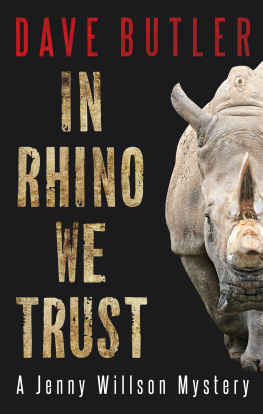



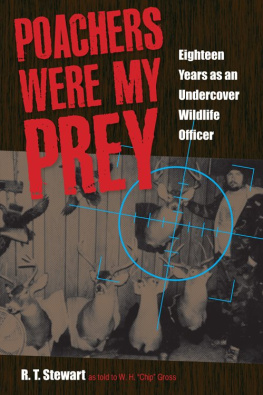
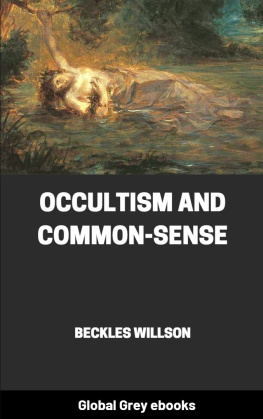




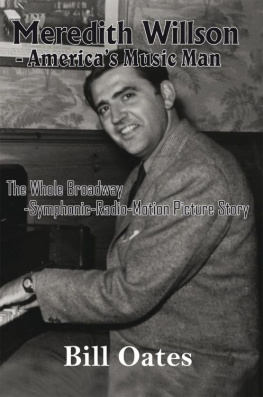

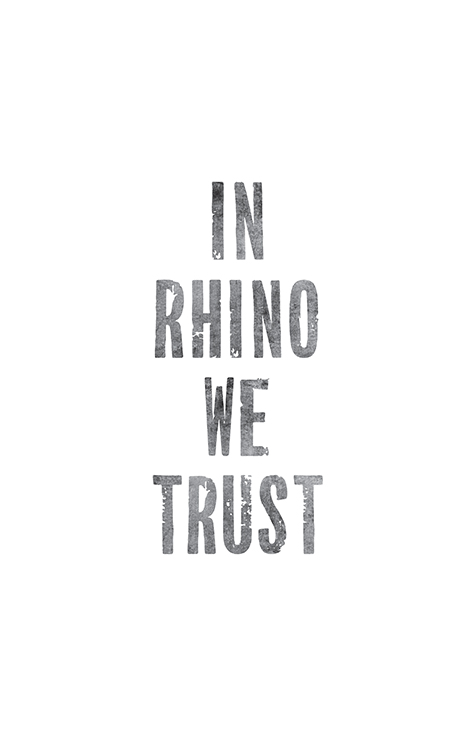


 dundurn.com
dundurn.com @dundurnpress
@dundurnpress dundurnpress
dundurnpress dundurnpress
dundurnpress